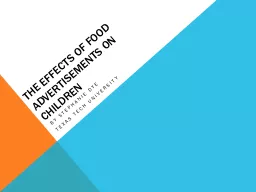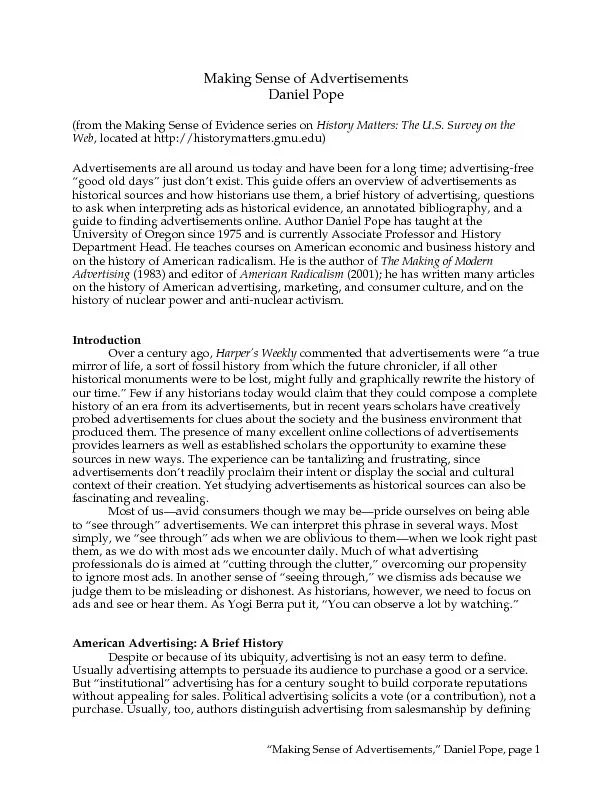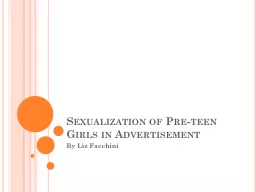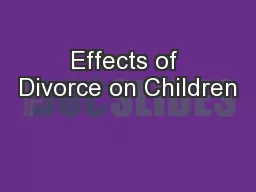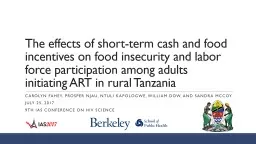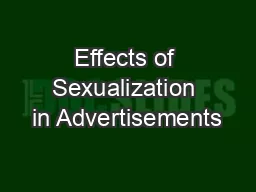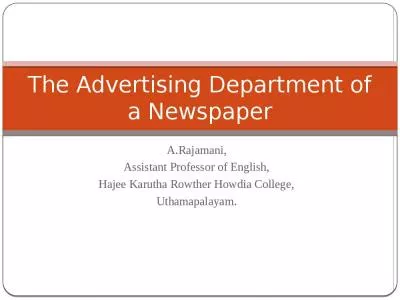PPT-The effects of food advertisements on children
Author : cheeserv | Published Date : 2020-07-01
By stephanie dye Texas Tech University Introduction Food advertisements negatively impact childrens health Methods include Using advertisements with cartoon characters
Presentation Embed Code
Download Presentation
Download Presentation The PPT/PDF document "The effects of food advertisements on ch..." is the property of its rightful owner. Permission is granted to download and print the materials on this website for personal, non-commercial use only, and to display it on your personal computer provided you do not modify the materials and that you retain all copyright notices contained in the materials. By downloading content from our website, you accept the terms of this agreement.
The effects of food advertisements on children: Transcript
Download Rules Of Document
"The effects of food advertisements on children"The content belongs to its owner. You may download and print it for personal use, without modification, and keep all copyright notices. By downloading, you agree to these terms.
Related Documents

